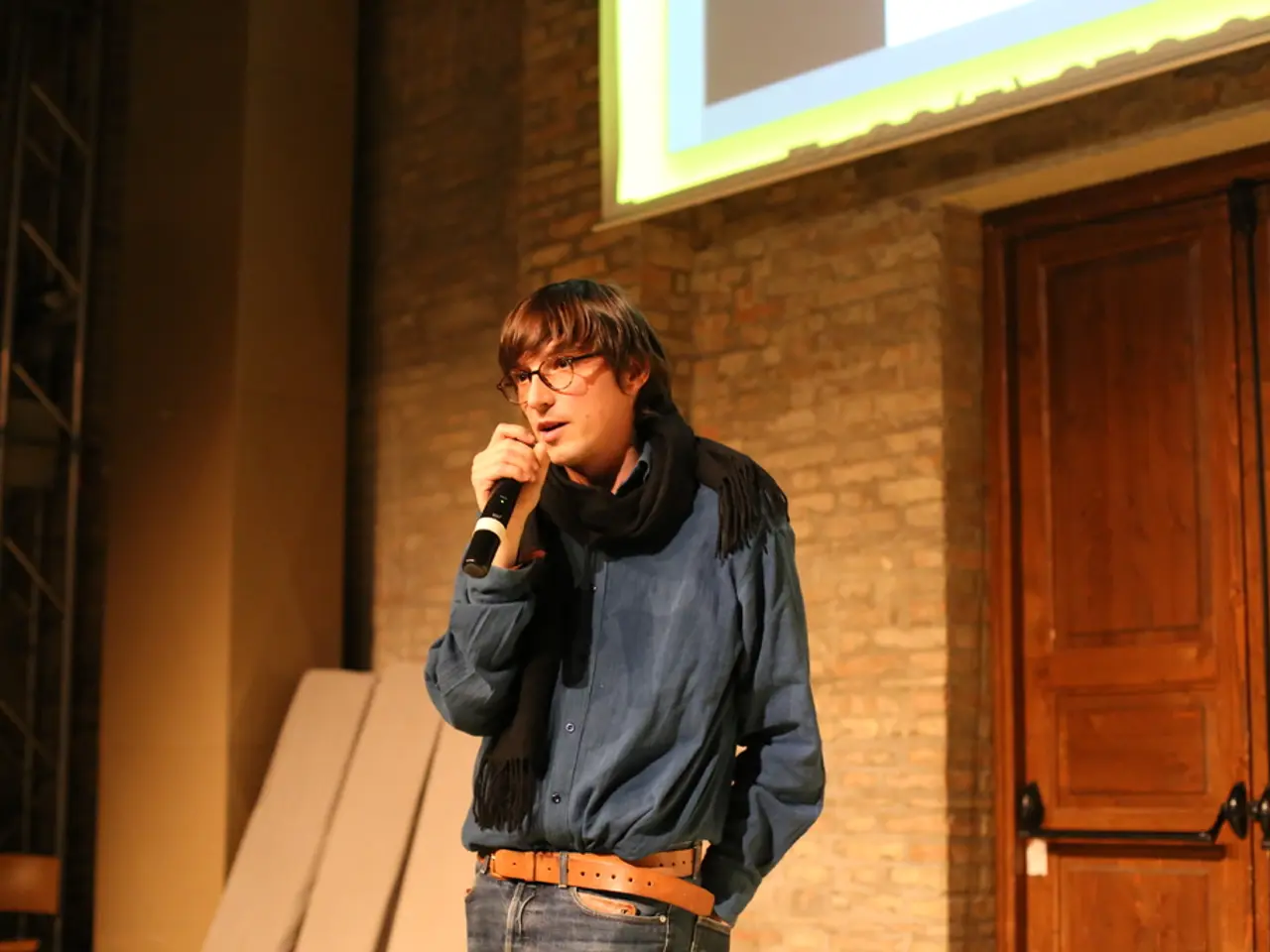Transformer-Based Model for Sequential Learning Across Multiple Modes
New Transformer Model Aims to Improve Multimodal Sequential Learning
In the ever-evolving field of machine learning, a new model called the Factorized Multimodal Transformer (FMT) has been introduced to tackle the challenge of multimodal sequential learning. This model is designed to integrate and process information from multiple modalities (such as text, audio, and video) over time, with a focus on efficiency and scalability.
The FMT model stands out due to its factorized architecture, which separates temporal and cross-modal fusion, allowing it to effectively capture both intramodal dynamics within each modality and intermodal relationships without excessive parameter growth. This factorization leads to improved scalability, making it suitable for complex multimodal tasks such as video understanding, speech recognition combined with vision, or multimodal sentiment analysis.
One of the key advantages of FMT is its ability to handle the significant challenge in multimodal sequential learning: modeling arbitrarily distributed spatio-temporal dynamics within and across modalities. This factorization also enables the model to increase the number of self-attentions without encountering difficulties during training, even on relatively low-resource setups.
The performance of FMT has been tested across three well-studied datasets and 21 distinct labels. The results show that FMT achieves superior performance compared to previously proposed models, setting a new state of the art in the studied datasets.
Traditional multimodal transformers often process concatenated multimodal sequences in a joint space, which can be computationally expensive and may overfit due to large parameter numbers. Some models separately encode each modality before late fusion, potentially losing fine-grained cross-modal temporal correlations. FMT strikes a balance by factorizing these interactions, leading to a more parameter-efficient model that preserves essential multimodal temporal dependencies.
Multimodal sequential learning is a fundamental research area in machine learning for better generalization to the real world. In our multimodal and sequential world, multiple continuous sensors are required for information capture. The FMT model, with its factorized architecture and efficient modality fusion, is a step forward in overcoming the challenges of multimodal sequential learning and paving the way for more advanced applications.
For those interested in the technical details, such as architecture diagrams, benchmark results, or precise algorithmic mechanisms, please refer to the available literature or consult the original research paper for a deeper understanding of the FMT model.
The Factorized Multimodal Transformer (FMT) harnesses artificial-intelligence by integrating and processing information from multiple modalities over time, demonstrating its suitability for complex multimodal tasks like video understanding, speech recognition combined with vision, or multimodal sentiment analysis (New Transformer Model Aims to Improve Multimodal Sequential Learning). To achieve this, FMT employs a factorized architecture that separates temporal and cross-modal fusion, improving scalability compared to previously proposed models (New Transformer Model Aims to Improve Multimodal Sequential Learning).




